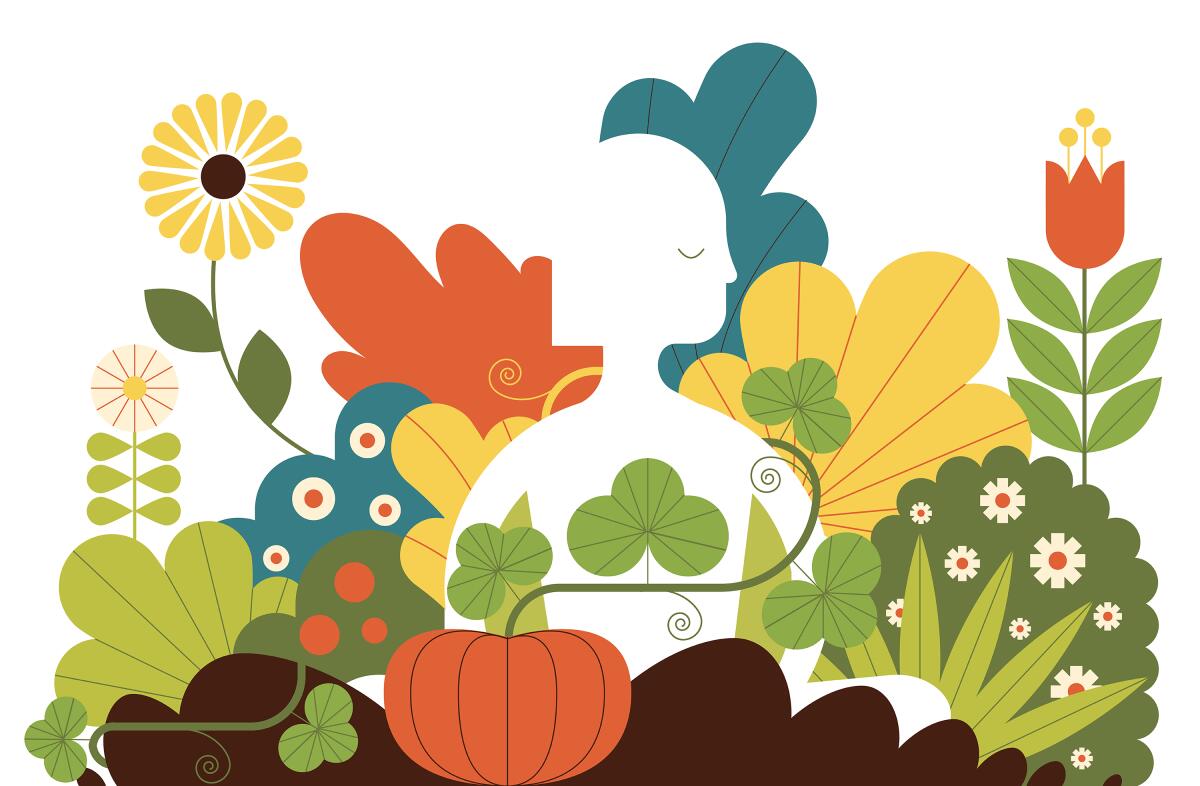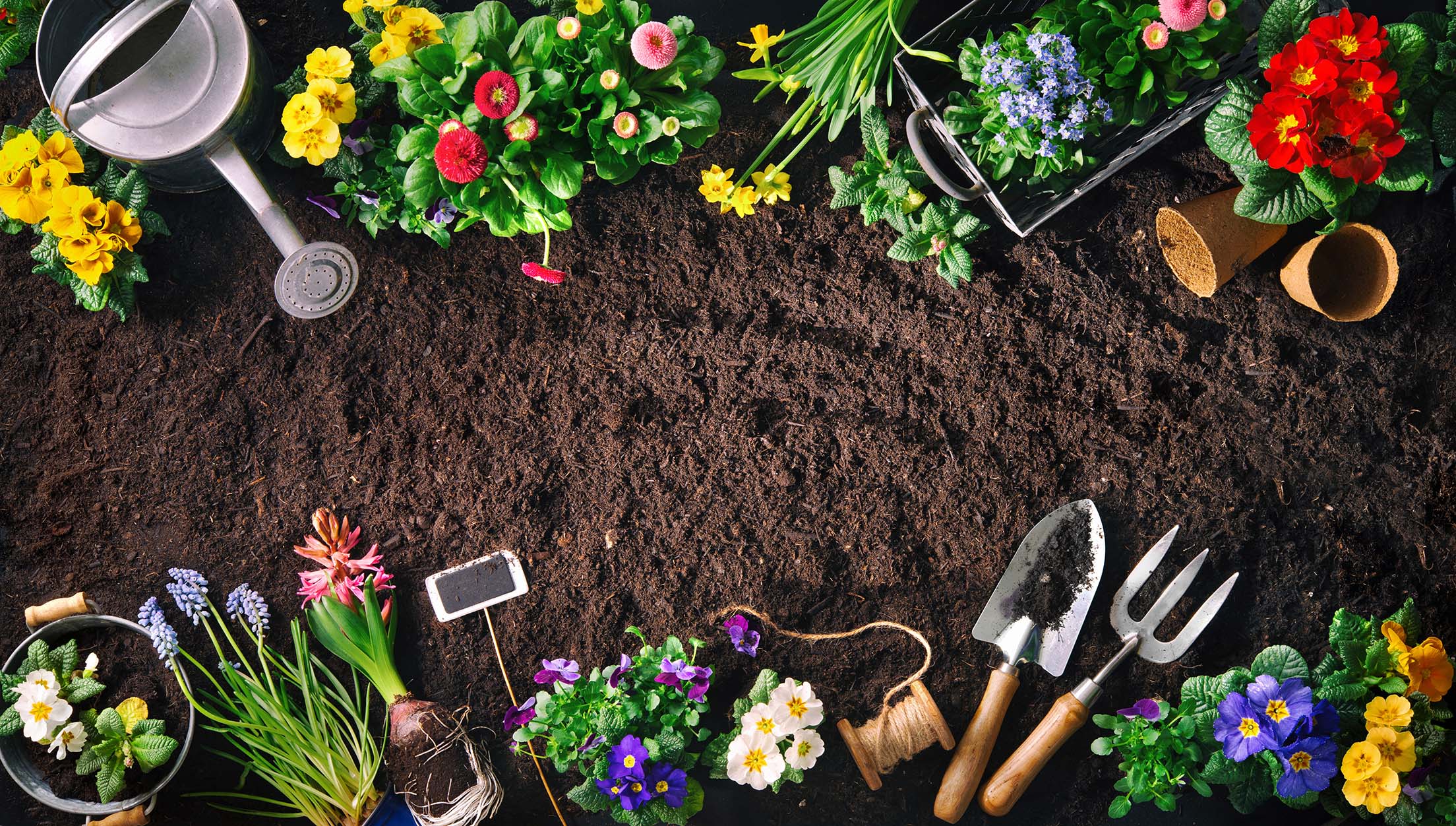Gardening Tips for Attracting Pollinators and Enhancing Biodiversity
Gardening Tips for Attracting Pollinators and Enhancing Biodiversity
Blog Article
Expert Gardening Tips for Developing a Lasting and Eco-Friendly Yard
Embarking on the journey to create a sustainable and environment-friendly yard includes a series of intentional options and methods that not only improve the elegance of your room but likewise contribute positively to the environment. To reveal even more useful approaches and skilled insights, let us discover the crucial elements that specify an eco mindful garden.
Pick Native Plants
Choosing native plants for your garden is a fundamental action towards accomplishing sustainability. Furthermore, native plants usually require less water as soon as developed, contributing to more efficient water usage.
Past their useful benefits, indigenous plants play a critical function in sustaining regional biodiversity. They offer important environment and food sources for indigenous wild animals, including pollinators such as butterflies, birds, and bees. This cultivates a well balanced environment, which is essential for the wellness of your garden and the surrounding atmosphere.

Implement Water Preservation
Implementing water conservation strategies is essential for preserving a lasting yard. Efficient water usage not only decreases the environmental effect yet also guarantees that plants obtain adequate hydration without wastefulness. One effective method is to use drip watering systems, which supply water straight to the plant roots, minimizing dissipation and drainage. This targeted approach can considerably lower water use contrasted to traditional sprinklers.
Furthermore, mulching is a useful method for saving water. By applying a layer of organic compost, such as timber chips or straw, around the base of plants, garden enthusiasts can lessen soil evaporation and maintain regular dampness degrees. Mulch also helps regulate soil temperature level and subdues weed development, additional adding to plant health and wellness.
Rain harvesting is an additional sustainable technique. Installing rain barrels or various other collection systems permits garden enthusiasts to catch and keep rain, which can later be used throughout completely dry periods. This not only preserves metropolitan water yet likewise supplies a natural, chemical-free source for irrigation.
Last but not least, choosing drought-tolerant plant types can significantly decrease water demands. These plants are adapted to flourish in low-water conditions, making them optimal for green yards. gardening tips. Applying these water preservation approaches will certainly promote a resistant, sustainable garden
Usage Organic Horticulture Approaches

Pest management in an organic garden relies on integrated insect administration (IPM) methods. These consist of motivating helpful pests, making use of all-natural killers like lacewings and ladybugs, and applying plant turning to disrupt pest life cycles. Companion planting, where certain plants are grown with each other to ward off bugs or draw in helpful bugs, is one more efficient method.
Weed control is managed through mulching and manual elimination, instead than depending on herbicides. Mulch not only suppresses weeds however also conserves dampness and boosts soil health as it breaks down. Organic composts, such as straw, timber chips, and leaves, are especially useful.
Create Wildlife Environments
Producing wildlife habitats within your garden not just boosts biodiversity however likewise supports the ecological community's equilibrium. By making areas that draw in and maintain neighborhood animals, you can produce a flourishing micro-ecosystem that profits both pets and plants. Start by incorporating native plants, as these are fit to your regional climate and provide important food and shelter for wild animals. Indigenous navigate here flora supports a series of pests, birds, and little mammals, adding to the environmental network.
Take into consideration adding a water attribute, such as a pond or birdbath, to give a consistent water resource. Water elements draw in a selection of types, from amphibians to view it pollinators, boosting the garden's vigor. Additionally, mounting birdhouses, bat boxes, and insect hotels uses secure nesting websites and urges biodiversity.
Leave some areas of your yard undisturbed, enabling leaf trash and dropped branches to build up. These natural particles heaps create habitats for bugs and little animals, cultivating a balanced community. Prevent making use of chemical pesticides and herbicides, as they can harm helpful wild animals and disrupt food chains. By prioritizing these sustainable methods, your yard can come to be a refuge for neighborhood wildlife, promoting ecological health and sustainability.
Method Composting and Mulching
An essential aspect of lasting gardening, composting and mulching, considerably boosts dirt health and lowers waste. Unlike artificial fertilizers, garden compost enhances the dirt with crucial nutrients and helpful microorganisms, fostering a much healthier garden ecological community.
Mulching, on the other hand, entails covering the soil surface area with natural or inorganic products, such as straw, wood chips, or shredded fallen leaves. This method provides numerous benefits: it conserves dirt moisture, suppresses weed development, and moderates soil temperature level. Mulch additionally slowly breaks down, adding raw material to the soil and more enhancing its fertility.
To practice reliable composting, ensure your compost heap has a balance of eco-friendly products (abundant in nitrogen) and brown materials (rich in carbon), keeping adequate aeration and dampness. gardening tips. Frequently transforming the pile speeds up decomposition. For mulching, use a 2-3 inch layer around plants, guaranteeing it does not directly contact stems or trunks to stop rot
Conclusion

Choosing indigenous plants blog for your yard is an essential step toward accomplishing sustainability.Furthermore, including native plants can enhance the visual allure of your yard. These plants are adapted to grow in low-water conditions, making them ideal for environment-friendly gardens. Executing these water preservation techniques will certainly foster a resistant, lasting yard.
In final thought, developing a environmentally friendly and sustainable garden includes the critical choice of indigenous plants, the fostering of water preservation techniques, and the execution of organic horticulture techniques.
Report this page